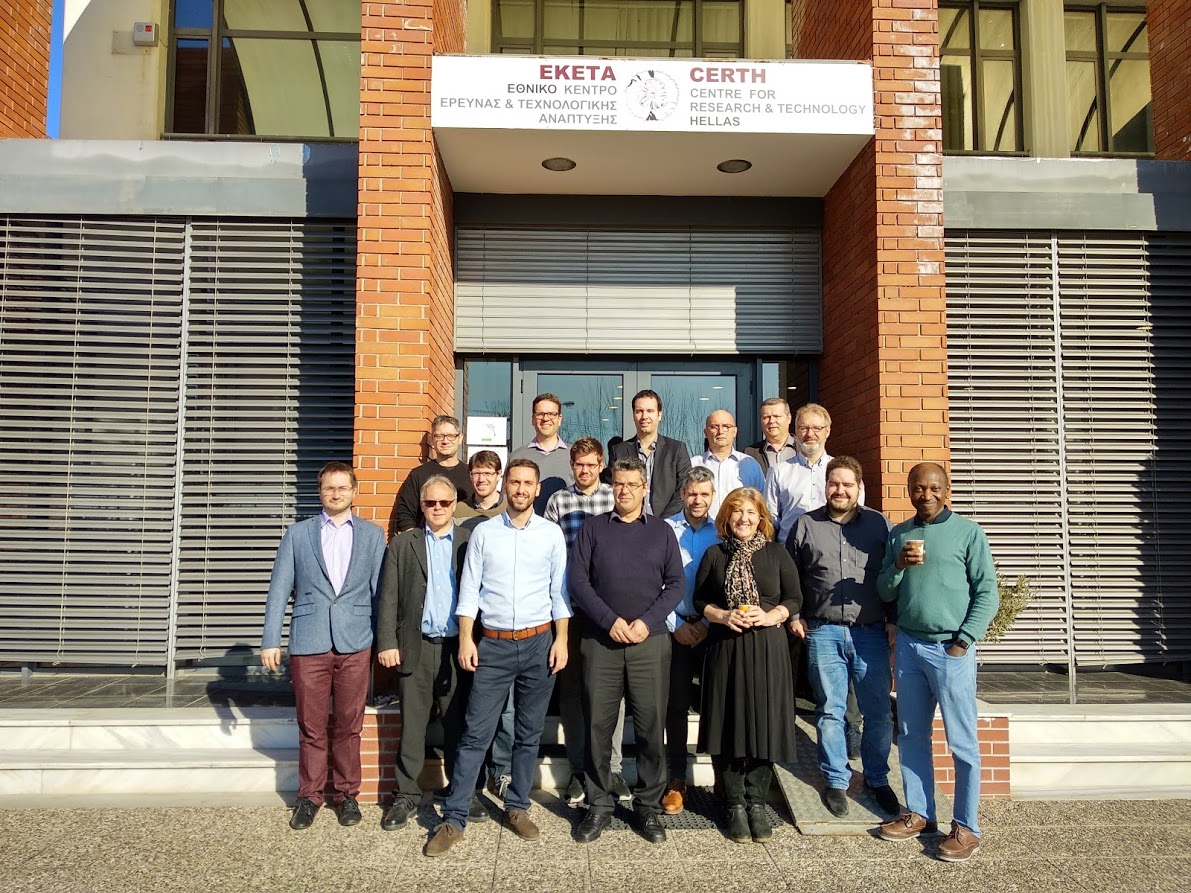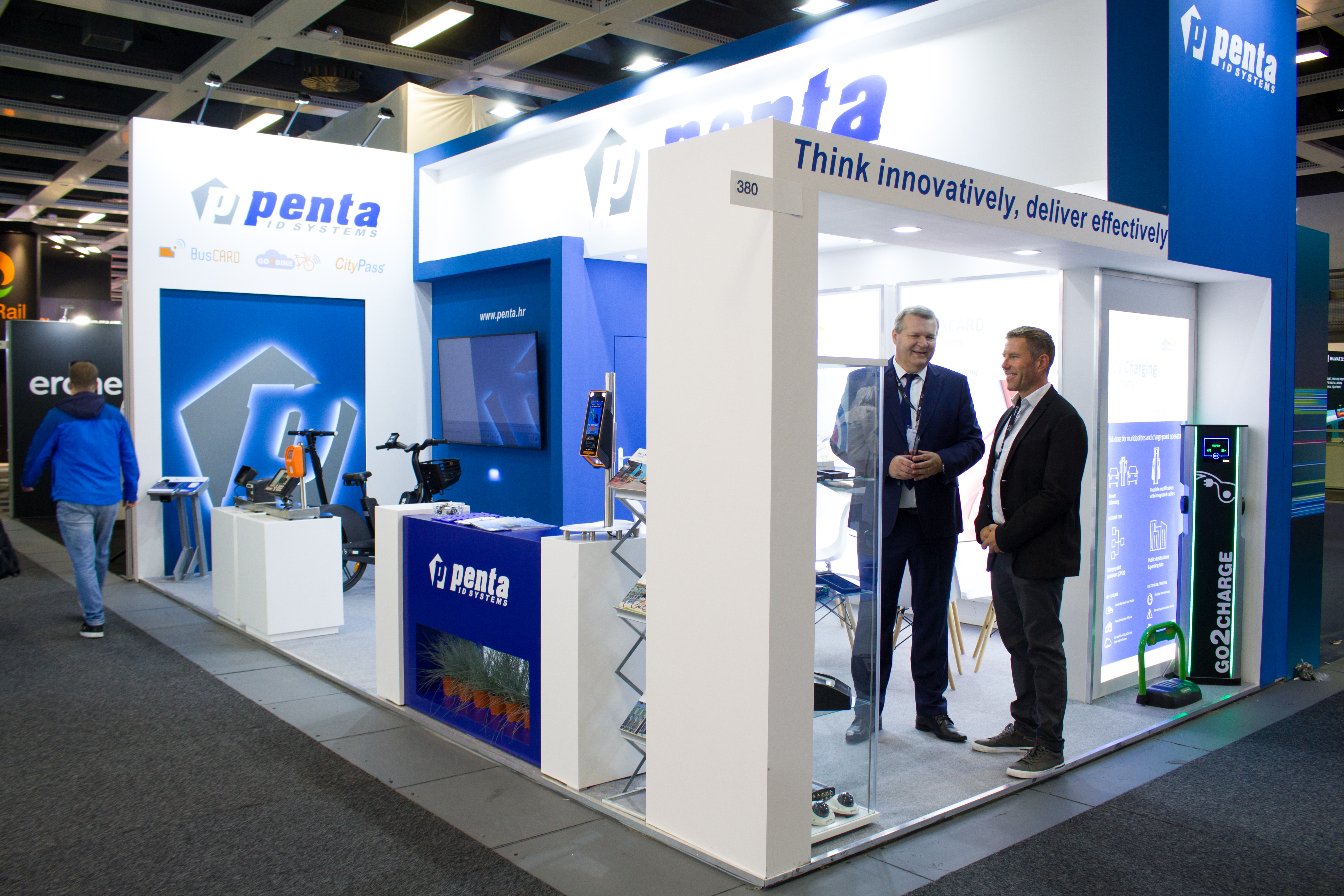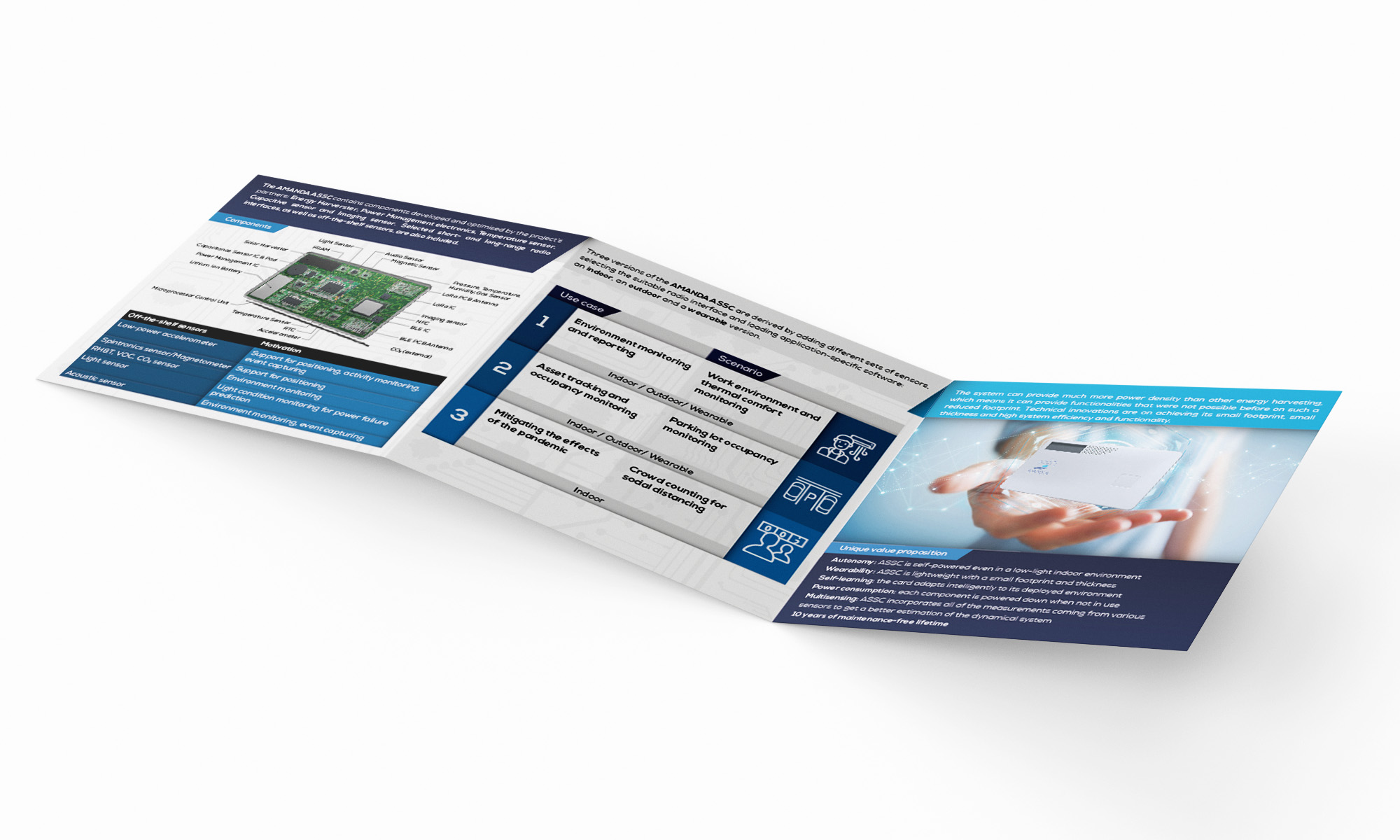Concept
The project focuses on designing and developing a maintenance-free, miniaturised and easily deployable Autonomous Smart Sensing Card (ASSC) for environmental sensing and asset & people tracking/monitoring in smart living and working environments.
 The ASSC will have the size, feel and look of a credit card. The proposed ASSC will be self-powered in both indoor and outdoor environments using an ultra-high efficient photovoltaic (PV) energy harvesting technology. Power management electronics will transfer energy efficiently from the energy harvester to a rechargeable storage element (solid-state battery).
The ASSC will have the size, feel and look of a credit card. The proposed ASSC will be self-powered in both indoor and outdoor environments using an ultra-high efficient photovoltaic (PV) energy harvesting technology. Power management electronics will transfer energy efficiently from the energy harvester to a rechargeable storage element (solid-state battery).
The ASSC will include various sensing technologies under own development by AMANDA partners. They are at different technology readiness levels (TRL) depending on how far they need to be redesigned and adapted for the project purposes.
Commercial, off-the-shelf sensors will also be integrated and optimised (footprint, power consumption) to be fit for purpose. Some sensors will directly measure the air quality of the surrounding indoor or outdoor environment (CO2 sensor , volatile Oorganic compounds, temperature Sensor, humidity). Additional sensors will detect events such as the presence of object and people, the dropping object or falls of people (spintronics sensor for the detection of magnetic fields, low-power accelerometer, imaging sensor).
The ASSC will also interact with the end user (capacitive sensor, microphone, imaging sensor, fingerprint) to provide authentication, recognition and activation features. Finally, some sensors for example imaging and accelerometer sensors, will interact with each other (sensor fusion) to provide additional functionality (data fusion).
“In this way, the ASSC will use 4 of the 5 senses: sight (imaging sensor), touch (fingerprint, touch, temperature), smell (CO2, VOCs), and sound (microphone).”
AMANDA will explore various IoT/5G-compatible wireless technologies/protocols (short, medium and long-range) with the goal of setting up the appropriate communication tools and infrastructure to match the ASSC’s operational needs and limitations. Thus, the technologies to be examined will cover 5G-and/or IoT-compatible protocols such as low-power wide area network (LPWAN) connectivity, LoRa, LoRaWAN, Sigfox, etc.
Optimal communication strategies and processes will be defined to support mesh networks of AMANDA multiple-sensor cards, in combination with edge computing practices, that will also aim at reducing the power requirements. Furthermore, security by design mechanisms (hardware/software) will be employed to provide low vulnerability of the ASSC, user and device authentication (including the use of a fingerprint sensor), encryption, intrusion detection/prevention, and overall enhanced cyber-secure operation. The ASSC will be connected and will report to the Cloud via one or several gateways.
|
Capacitive sensor: Microdul AG CO2 sensor: IMEC Imaging sensor: e-peas semiconductors PV energy harvesting tehnology: Lightricity Ltd Solid-state battery: Ilika plc Temperature sensor: Microdul AG |






















